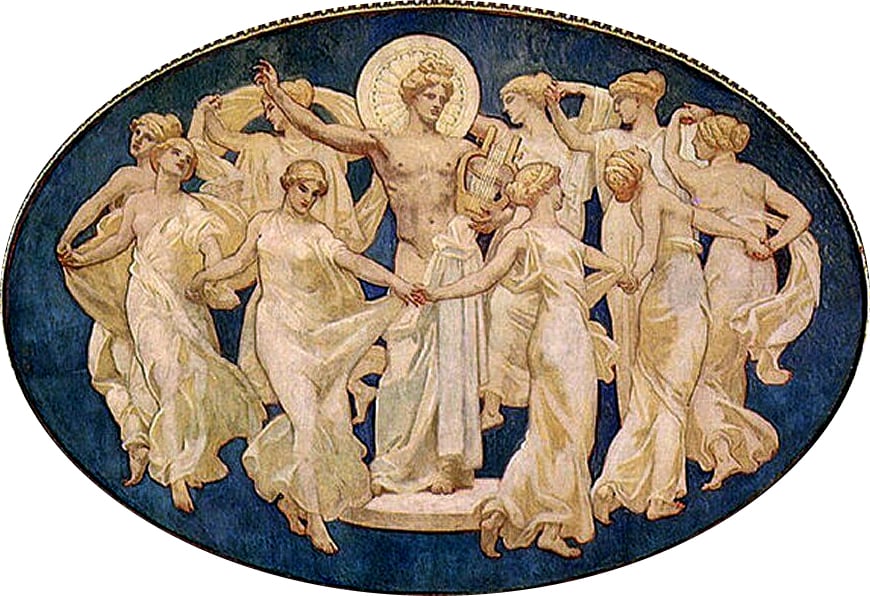From Charles Coulombe at The European Conservative:
The horrific scenes from the fall of Kabul to the
Taliban could not help but rekindle memories of the fall of Saigon in
1975 (which this writer remembers) and that of Mainland China to the
Communists in 1949 (which he does not). After both catastrophes there
were endless bouts of accusations as to on whom in the American
political establishment responsibility for the given debacle could be
pinned. In the second case, we had in several ways pulled the rug out
from under Chiang Kai-Shek’s Nationalists; in the first, it might well
be argued that the stage had been set for final defeat over a decade
earlier when President Kennedy green-lighted the overthrow and murder of
President Diem. His own murder later in the same month did little to
alter the situation: subsequent South Vietnamese leaders would be
hard-pressed to present themselves as more than American
puppets—especially to potential Viet Cong recruits.
So it is and shall be with Afghanistan, whose mishandling alongside
Iraq by four successive presidential administrations was highlighted by
the tragic sacrifice of thousands of American and allied—including
Afghan and Iraqi—troops in the “Forever War.” This sea of blood was
accompanied by enormous expenditures that cannot be recouped. One may
blame Biden for the idiotic way in which the last few months were
handled. His supporters might poke the finger at Trump, who began the
drawdown—forgetting that for the most part, it was the children of
Trump’s supporters who were providing the combat personnel doing the
dying (as a rule, the children of politicians, media-folk, and academics
no longer go into the all-volunteer forces). Trump’s partisans might in
turn accuse Barack Obama of simply letting the pot boil pointlessly
during his eight years in America’s most prominent government job. There
is no doubt some justice in all of the charges that shall be made—and
some injustice. But in this writer’s opinion, the War had been
ultimately lost in 2002, by none other than the second George Bush who
initiated the mess.
This might be considered a bold accusation, since he did after all
preside successfully over both invasions that began the
seemingly-endless conflicts now concluding. But the tragic truth is that
in pursuing his “global democratic revolution,” he ensured not only the
fall of Kabul, but the earlier rise of first an Al Qaeda-offshoot and
then Islamic State (IS) in Iraq with their concurrent atrocities. When,
in 2002, the Loya Jirga—Afghanistan’s traditional “estates
general” so-to-speak—was poised to restore the country’s deposed King,
Mohammed Zahir Shah, the move was very publicly vetoed by Bush’s envoy,
Zalmay Khalilzad.
The tragedy here is not only that the King was popular among all the
nation’s diverse ethnic groups, and so could have served as a powerful
centre of unity (even the Nuristanis, whose ancestors were forcibly
converted to Islam as late as 1898 and have little fondness for other
Afghans, were loyal to him). It is that any regime that emerged out of
this action would be seen by the majority of the population as a puppet
of the United States, doomed to fold as soon as American support
faltered—and so it has proved. Without a doubt, had we allowed the King
to be restored, we could have then bidden the country a fond but quick
farewell and left them to their own devices—with the renascent Monarchy
to stand or fall on its own. But the urge to reconstruct the country in
our own image was too powerful for President Bush to resist. (Read more.)
From PJB:
Hundreds of Americans are going to be left behind, along with scores
of thousands of Afghan allies who worked with our military or
contributed to the cause of crushing the Taliban. And many of those
Afghans are going to pay the price of having cast their lot with the
Americans.nAfter Aug. 31, the fate of those
left behind will be determined by the Taliban, and we will be made
witness to the fate the Taliban imposes. This generation is about to learn what it means to lose a war.
When the war for Algerian independence ended in 1962, and the French
pulled their troops out, scores of thousands of "Harkis," Arab and
Muslim Algerians who fought alongside the French, were left behind. The atrocities against the Harkis ran into the tens of thousands.
Such may be the fate of scores of thousands of Afghans who fought beside
us.
Biden's diplomats may be negotiating with the Taliban to prevent the
war crime of using U.S. citizens left behind as hostages. But we are not
going to be able to save all of our friends and allies who cast their
lot with us and fought alongside us. Yet, while the promises of the Taliban are not credible and ought not to be believed, we are not without leverage.
As The New York Times writes, the Afghan economy is "in free fall." "Cash is growing scarce, and food prices are rising. Fuel is becoming
harder to find. Government services have stalled as civil servants
avoid work, fearing retribution." The Taliban's desperate need is for people to run the economy and for
money from the international community to pay for imports of food and
vital necessities of life. What will also be needed from us, soon after the fall of Afghanistan,
is a reappraisal of America's commitments across the Middle East. We have 900 U.S. troops in Syria who control the oil reserves of that country and serve as a shield for the Syrian Kurds. How long should we keep them there? (Read more.)
From The Western Journal:
Kash Patel, Trump’s chief of staff at the Pentagon, detailed the former president’s plan in an Op-Ed for the New York Post last week. As the man responsible for bringing “the forever war in Afghanistan”
to an end, Patel was “intimately familiar” with Trump’s plan. In his words, it was “a conditions-based, methodical exit plan that would preserve the national interest.”
Whereas Biden’s military appears to be scrambling to respond to
terror attacks, Trump’s forces would have been prepared for that
eventuality. And while the Biden administration essentially rolled over as the Taliban
took control of the country, the Trump administration would have
threatened the terrorist group with “the full force of the US military
if they caused any harm to Americans or American interests in
Afghanistan.” (Read more.)
From The American Thinker:
Is the Biden administration's messy withdrawal from Afghanistan
incompetence, or is it exactly as planned? Is there a hidden globalist
plan aimed at empowering Islamic governments in the Mideast? If yes,
how would empowering the Taliban fit in the larger plan of globalists
and believers in the New World Order?
Socialists and globalists, whose home
today is in the Democrat party, have been speaking about their lofty
plans for decades, constantly testing the waters of public opinion and
speaking from both sides of their mouths. They insert insane ideas in
the American psyche, then quickly deny they really said what they
said. After speaking about her dream of an open border, Hillary Clinton
denied her comments by saying she meant only to call for reforms but
not open borders. But if we dare take their comments seriously, we are
branded conspiracy theorists.
After decades of listening to the
far left, by now we, the people of America, should more or less know
where the modern-day Democrat party intends to take America and how
these people envision the world. Now it's up to us to put two and two
together and start uncovering what the deceptive left is really telling
us. Those who reject globalism and the New World Order should start
analyzing and exposing globalist policies. We should stop accusing the
left of being incompetent because it is not.
All we need to do is
listen to globalists — their plans, lies, hidden agendas — and expose
them even when they give us double messages aimed at throwing us off if
we take their words seriously. We can't be intimidated when they accuse
us of being conspiracy theorists. It's time to put the
socialist-globalist agenda into perspective and connect it with their
policies and behavior, instead of just calling them incompetent or
accuse them of not caring about the unintended consequences. This is
because the consequences are actually intended.
Western globalists aim at eliminating
borders between nations, and they have no problem starting themselves,
in America and Western Europe. Such an agenda, if fully understood,
should explain why modern-day Democrats have no fear of China while
fearing and hating their own patriotic citizens who oppose globalism and
love American sovereignty. It's unimaginable that Democrats defended
China over their own President Trump, calling him "racist" after he
referred to COVID as the "China Virus." (Read more.)
Share










.jpg?width=320&name=Tosca_(1899).jpg)






















